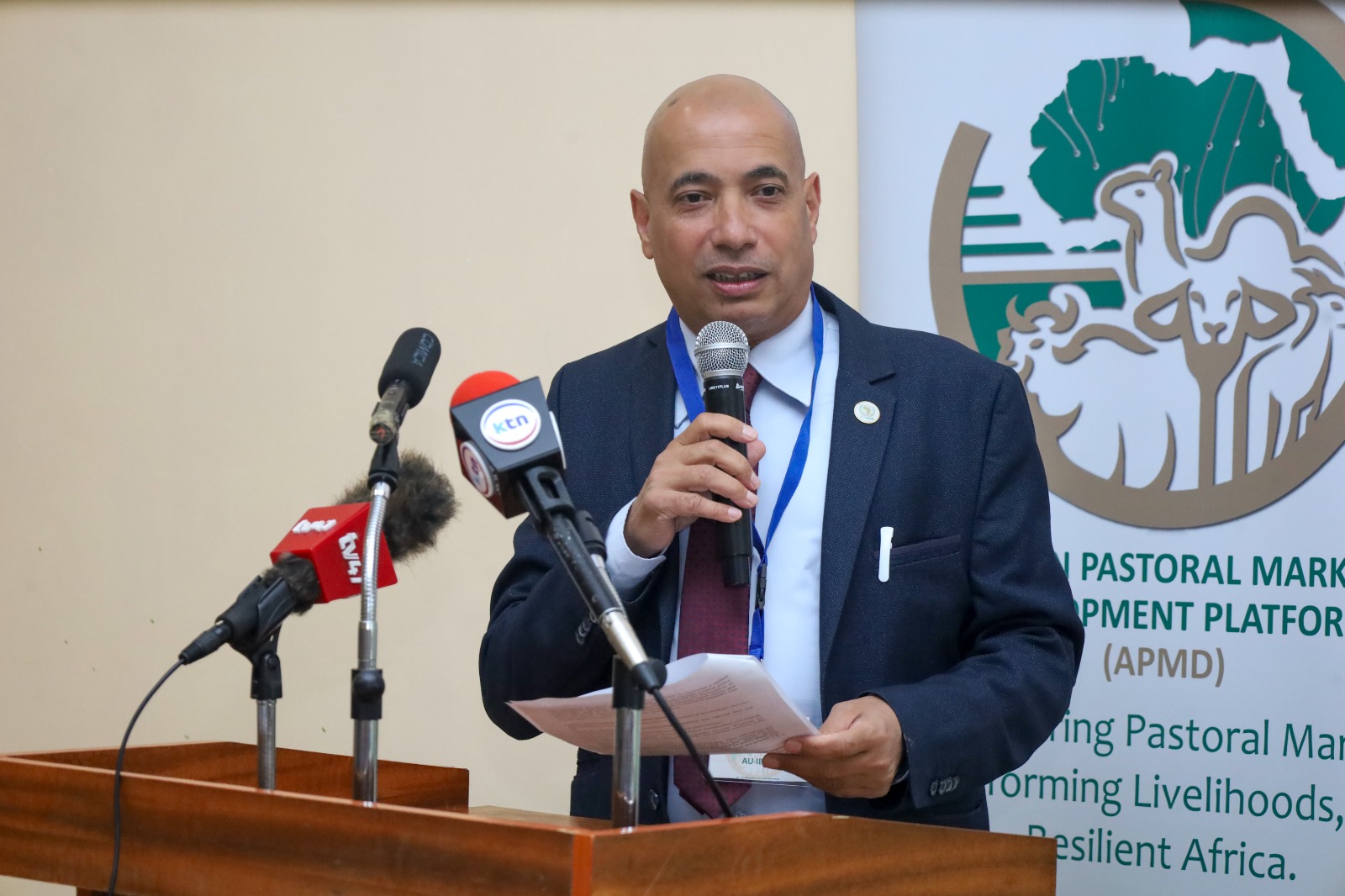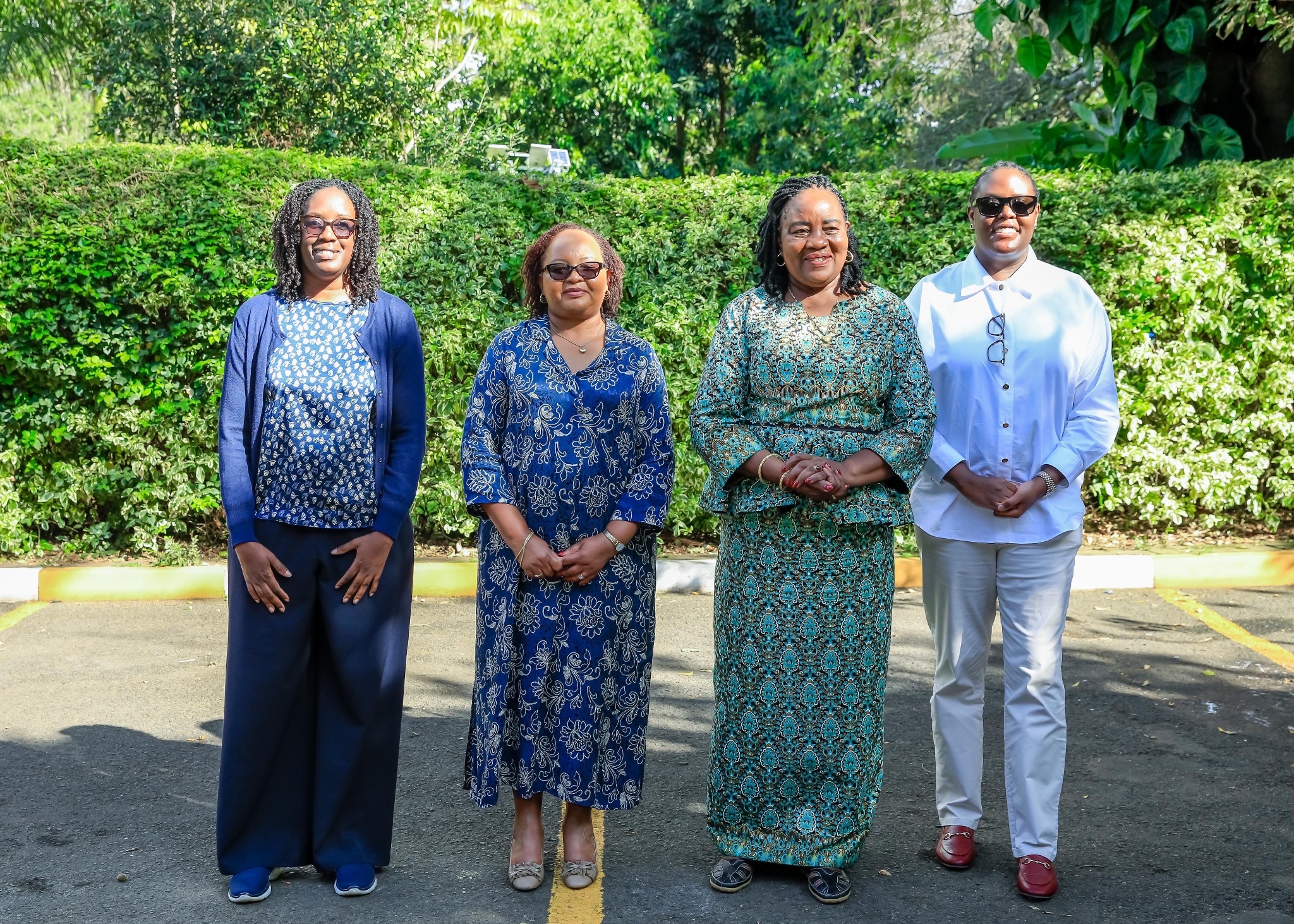 African Pastoral Markets Development (APMD) Platform Policy Pillar Lead, Prof. Ahmed Elbeltag/ HANDOUT
African Pastoral Markets Development (APMD) Platform Policy Pillar Lead, Prof. Ahmed Elbeltag/ HANDOUT
Poor cross-border rangeland governance has been identified as a major challenge facing pastoral communities across the Horn of Africa, undermining sustainable resource management and threatening livelihoods that depend on shared grazing lands.
According to data from the Intergovernmental Authority on Development (IGAD), more than half of Africa’s livestock is concentrated in East Africa, with 55 per cent of IGAD’s total livestock resources found in Ethiopia, Kenya, and Somalia. Despite this wealth, the region continues to experience major losses due to recurrent droughts.
Between 2020 and 2023, the three countries lost approximately 13 million animals, valued at about USD 1.2 billion, excluding losses from reduced milk production. The drought also left around five million children malnourished across the region.
Experts note that while Ethiopia, Kenya, and Somalia share similar climatic conditions, they lack coordinated rangeland management systems. Political borders often restrict livestock movement, even in ecologically connected regions, while regulatory frameworks have discouraged investment in the animal feed sector.
Many countries also lack proper forage seed certification systems, limiting the growth of commercial feed production.
“It is very hard for someone who produces feed in Kenya to trade across Ethiopia because it becomes contraband. Yet each country in the IGAD region has a feed deficit of almost 50 per cent, depending on the season,” said Guyo Roba, Head of the Dryland Development Unit at IGAD’s Centre for Pastoral Areas and Livestock Development (ICPALD).
Roba spoke during a regional workshop organised by the African Union–Interafrican Bureau for Animal Resources (AU-IBAR) through the African Pastoral Markets Development (APMD) Platform.
The event, held in Naivasha, brought together technical experts, government officials, pastoralists, and regional organisations to review feed and rangeland strategies and agree on coordinated measures to enhance feed security in pastoral regions.
Prof. Ahmed Elbeltagy, APMD Policy Pillar Lead, emphasised that pastoralism is not only a livelihood system but also a key pillar of economic, social, and ecological resilience for millions of people. He noted that recurrent droughts, land degradation, climate variability, and inconsistent policy implementation continue to threaten livestock productivity, market competitiveness, and livelihoods.
“At AU-IBAR, we recognise that achieving feed and rangeland security requires more than technical solutions. It demands partnership—between governments, communities, and markets; between science and policy; and between Africa’s continental vision and the everyday realities of pastoralists,” he said.
John Maina, Senior Deputy Director of Livestock Production, called for the development of practical regional policies to guide pastoralists on sustainable livestock production and rangeland management. He also underscored the importance of involving the private sector in feed production and trade to address existing challenges.
The workshop aimed to review progress in implementing continental and regional feed and rangeland policies, identify gaps, strengthen private sector engagement, and develop a unified regional feed and rangeland security roadmap.
Outcomes from the discussions will inform the creation of an AU feed security coordination task force to help translate policy into tangible impact and guide lasting continental action.















